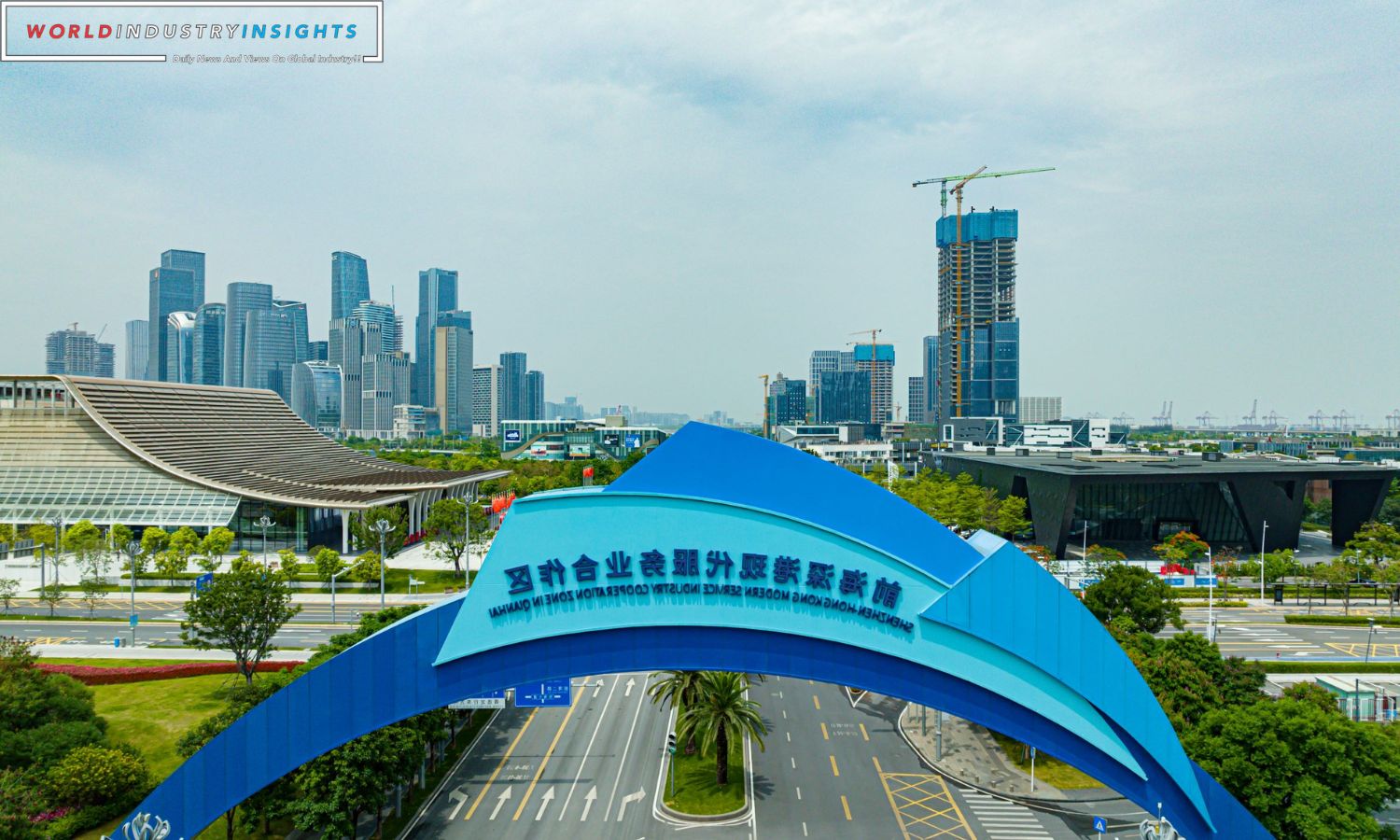Qianhai Struggle: Tony Xiong, a recent addition to the bustling office landscape in Shenzhen’s Qianhai district, epitomizes the challenges faced by this once-promising economic zone. Despite being part of the envisioned showcase of China’s economic prowess, Qianhai struggles with half-empty skyscrapers, underutilized motorways, and a general lack of appeal.
Inaugurated over a decade ago with a hefty initial investment of $45 billion, Qianhai aimed to become mainland China’s answer to Hong Konga global hub for technology and finance, a testing ground for market liberalization, and an epitome of information access. However, a series of interviews with executives, investors, real estate experts, diplomats, and workers conducted between September and November reveal a district that has fallen short of its reformist aspirations.
Key indicators point to Qianhai’s challenges: a 28.9% office vacancy rate in the third quarter, one of the highest in three years; limited new arrivals, particularly non-state-connected firms; and fierce competition from 2,500 other special zones across China, each offering various incentives to attract businesses.
The “build it and they will come” growth model that worked wonders for Shenzhen in the past seems insufficient for Qianhai. The district’s struggle to stand out amidst China’s economic landscape reflects the broader need for comprehensive market reforms in a country entering an era of slower growth.
Also Read: Fitch Exit Stirs Waves: Chinas Country Garden Services Faces Rating Fallout
Qianhai’s unfulfilled promises add to its woes. Initially designed as a policy laboratory with ambitious plans, including an independent antigraft body, a gradual opening of the capital account, and full internet freedom, many of these initiatives were scrapped over the years. The changing political environment prioritized risk minimization over policy innovation, hindering Qianhai’s progress.
Amid these challenges, Qianhai clings to its remaining selling pointslower income taxes (15% compared to 25% in most of China), proximity to Hong Kong, and modern facilities. While it has attracted notable companies like HSBC, UBS, and Standard Chartered, reports suggest that many registered firms have not physically established a presence in the area.
The European Chamber of Commerce in South China notes the confusion arising from similar incentives offered by various special zones, coupled with higher rents in Qianhai compared to nearby areas like Hengqin and Nansha. The lack of distinctiveness makes it challenging to convince companies to choose Qianhai.
In a survey, only 44% of companies expressed optimism about the Greater Bay Area, reflecting a decline from 68% in 2022. Concerns about Qianhai’s competitiveness persist, with voices like Bill Deng, CEO of XTransfer, emphasizing Hong Kong’s global financial system, talent, and experience.
As Qianhai faces these challenges, its streets depict a paradoxsome enjoy the serenity, while others, like business owners and executives, grapple with the area’s lackluster economic vibrancy. The question remains: Can Qianhai regain its initial promise and truly emerge as a global economic player, or will it remain a district caught between unfulfilled ambitions and economic headwinds? Only time will tell.
Our Reader’s Queries
What is the policy of Qianhai?
Enterprises located in Qianhai can benefit from a reduced enterprise income tax rate of 15%. Additionally, high-end and urgently needed talents from abroad can receive a subsidy for the excess of 15% of their personal tax. This initiative aims to attract and retain top talent while promoting economic growth in the region.
Is China in financial trouble?
For years, China’s mounting debt has been a major cause for concern. As the economy has grown, so too has the debt, although it’s worth noting that the overall debt levels are comparable to those of other major economies like the United States and Japan. Despite this, the issue remains a pressing one that requires careful attention and management.
What is the Qianhai economic Cooperation Zone?
The Qianhai Cooperation Zone is situated in the southwestern region of Shenzhen Municipality. It was established in 2010 as a significant demonstration zone to enhance collaboration between Hong Kong and Shenzhen in the modern service industry.
Why is China economy slowing down?
China’s economic slowdown can be attributed to the bursting of the property and infrastructure bubble, which is a domestic issue. This has been the main driving force behind the country’s economic downturn.


